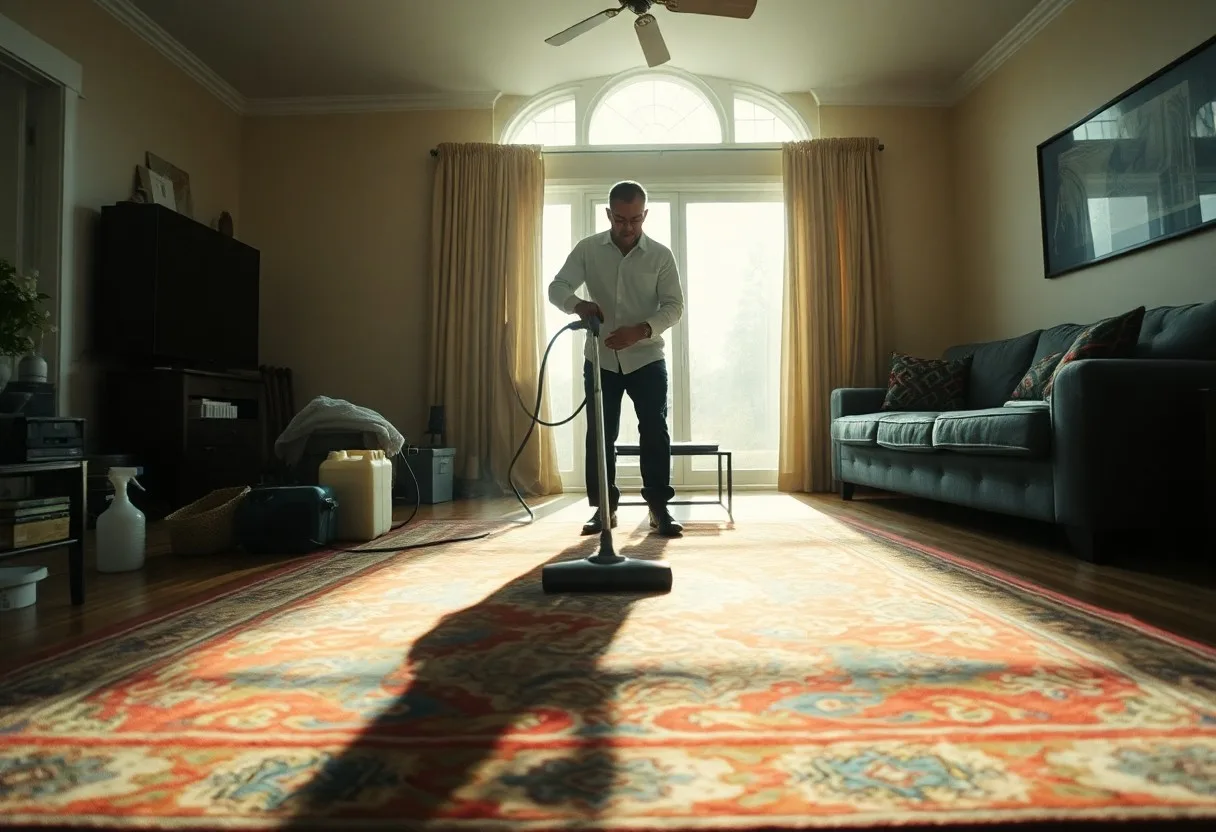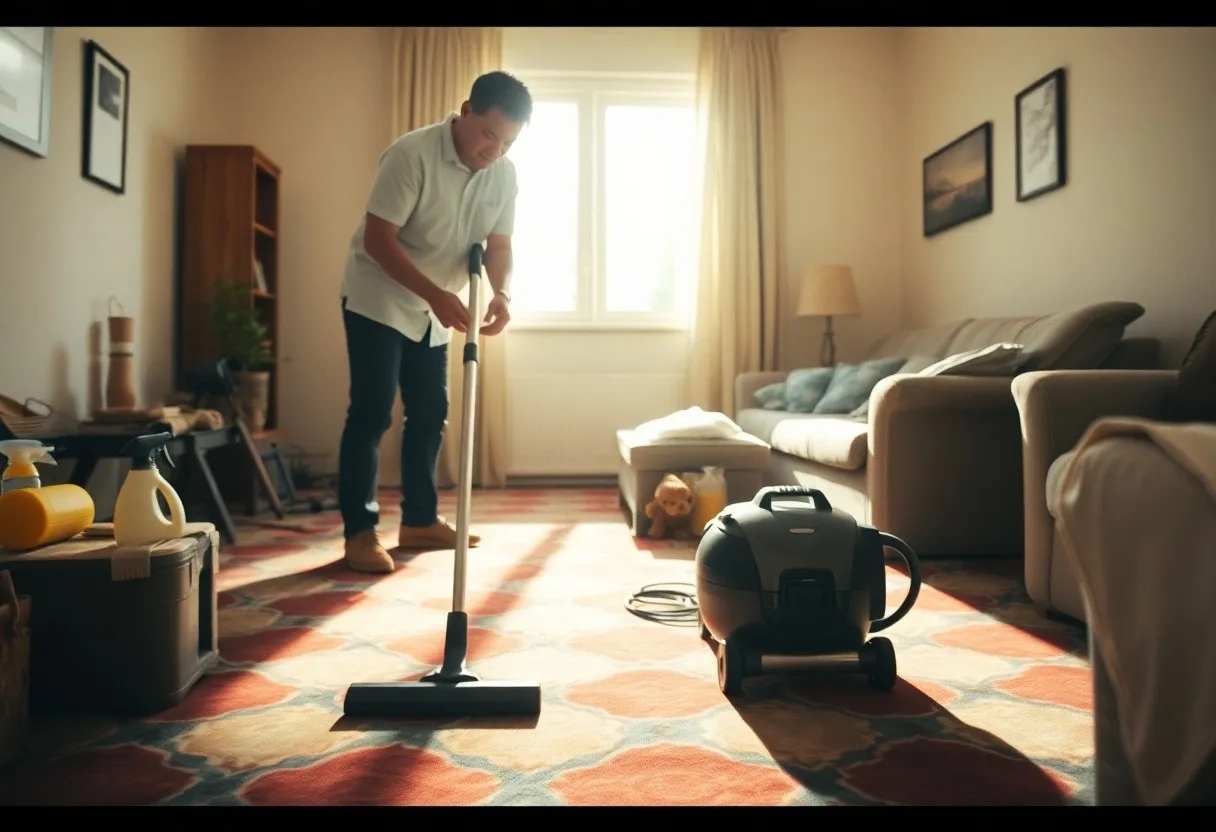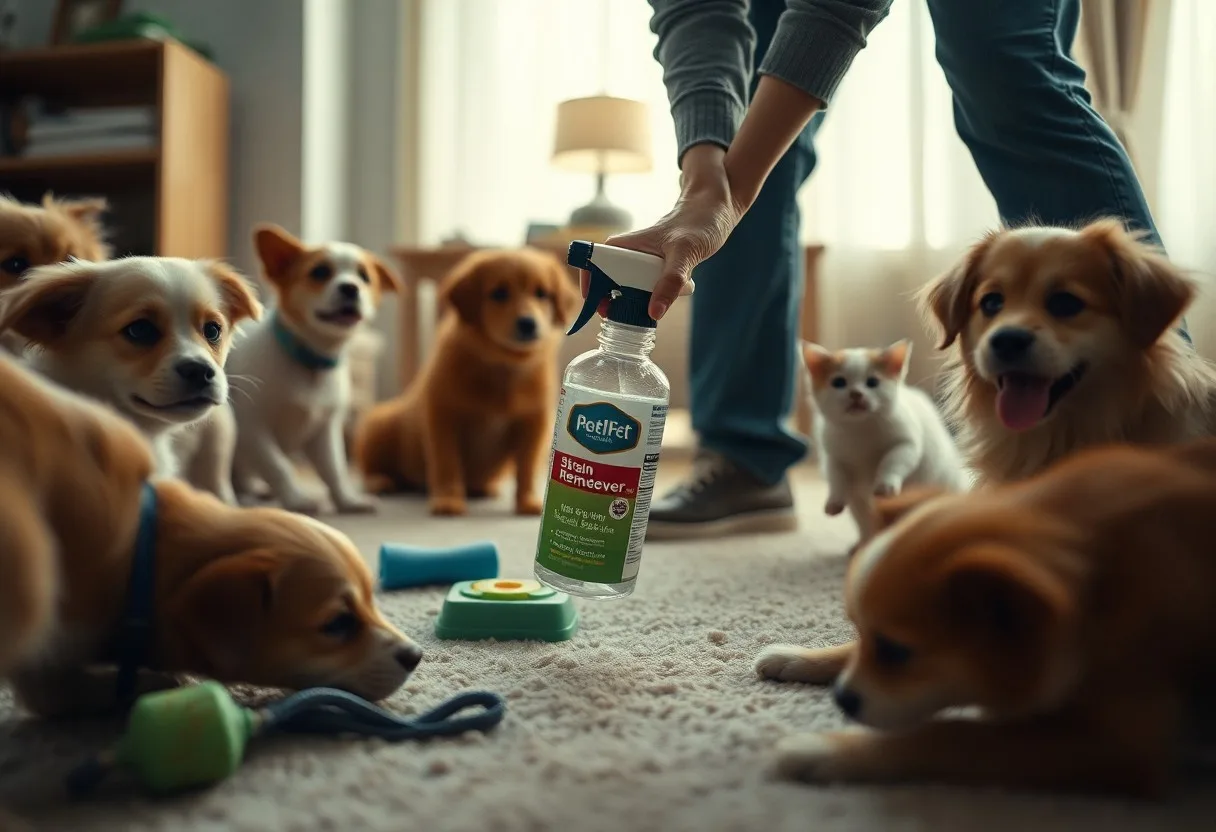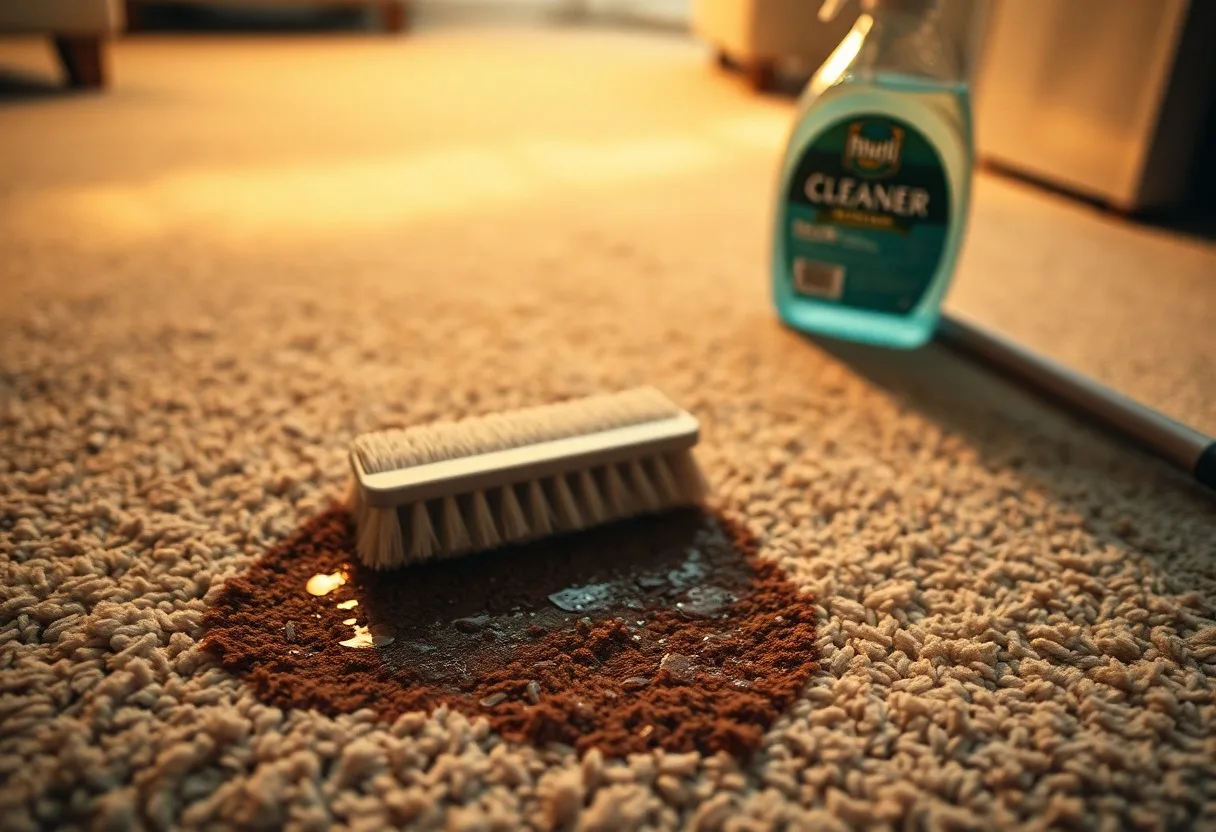Is Sealing Your Grout The Key To Keeping It Clean And Fresh? Just think about the last time you noticed your tile grout looking dingy or stained. Sealing your grout may be the best solution to prevent unsightly dirt and grime buildup, and it could significantly enhance the overall appearance of your tiles. With proper sealing, you can keep your grout looking clean and fresh for longer, eliminating the need for frequent scrubbing and harsh chemicals. But many homeowners wonder, If tile grout is so difficult to clean, why doesn’t it get sealed …? Let’s explore the benefits of sealing your grout and how it can transform your tiled surfaces.
Key Takeaways:
- Sealing grout helps prevent stains and moisture from penetrating, which can lead to mold and mildew growth.
- Regular sealing, typically every 1-3 years, depending on the type of grout and usage, maintains a fresh appearance and durability.
- Using a high-quality sealer can enhance the longevity of your grout and make cleaning easier over time.
1. Sealing grout prevents dirt and stains from penetrating. 2. Regular maintenance extends the lifespan of your grout. 3. The sealant application creates a protective barrier against moisture. 4. Clean, sealed grout improves overall appearance and hygiene. 5. Choose the right sealant for your specific grout type. 6. Reapply sealant periodically for optimal cleanliness and freshness.
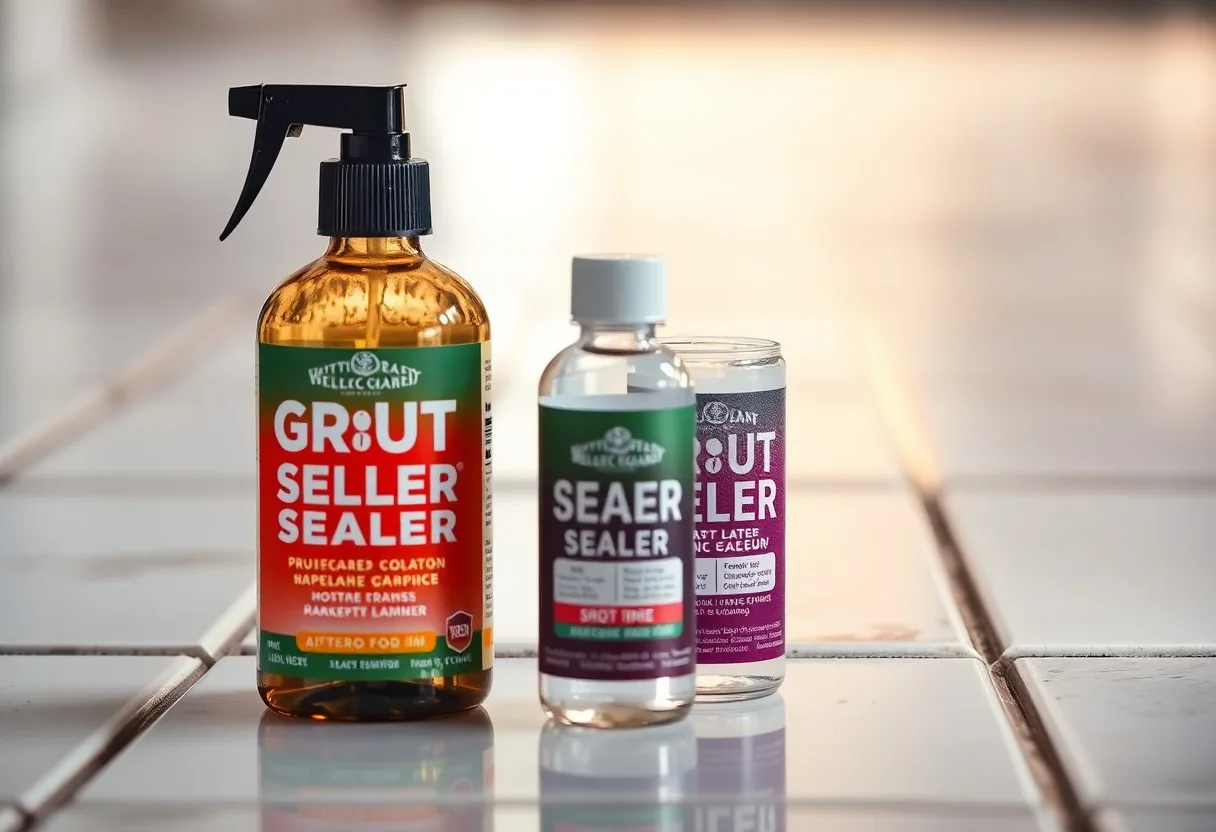
Is Sealing Your Grout The Key To Keeping It Clean And Fresh? Understanding Grout
Before venturing into grout, it’s important to grasp its role within your tiled surfaces. Grout is a filler between tiles, ensuring a stable and even surface while enhancing the aesthetic appeal of your floors and walls.
What is Grout?
Behind the scenes of your beautiful tile work lies grout, a mixture primarily made of sand, water, and cement. It acts as a binding agent, filling the spaces between tiles to keep moisture out and offer structural support.
Types of Grout
While exploring grout, you’ll find various types tailored to specific applications. Knowing the differences can aid in selecting what works best for your needs. Here are some common types:
- Cement-based grout
- Epoxy grout
- Furan resin grout
- Aggregated grout
- Unsanded grout
After identifying the right type, your maintenance will improve significantly, ensuring your grout remains clean and attractive.
| Type of Grout | Applications |
| Cement-based grout | General tiling purposes |
| Epoxy grout | High moisture areas |
| Furan resin grout | Industrial settings |
| Aggregated grout | Heavy-traffic areas |
Understanding the different types of grout at this stage can prevent costly mistakes during your tiling project. Each type serves specific conditions and requirements, optimizing durability and appearance. Choosing cement-based, epoxy, or asked aggregate can significantly impact your installation’s success.
- Durability depends on the type
- Cost varies between materials
- Maintenance needs differ
- Water resistance varies
- Appearance can be enhanced
After thoroughly examining your options, you’ll be better equipped to enhance your tiled surfaces while keeping maintenance efforts low and your spaces looking fresh.
The Importance of Sealing Grout
Sealing your grout is vital if you want to maintain the longevity and appearance of your tiled surfaces. Grout, being porous in nature, can easily absorb dirt, moisture, and stains, making it a breeding ground for bacteria and mold. By applying a sealant, you are effectively creating a protective barrier that helps keep your grout looking fresh and clean, ensuring your space remains inviting and hygienic.
Protection Against Stains
Any spills or dirt on unsealed grout can lead to permanent stains that are tough to remove. Sealing your grout not only enhances its appearance but also makes cleaning easier. With a protective seal, you can wipe away stains more effectively and keep your surfaces looking pristine longer.
Prevention of Mold and Mildew
An unsealed grout surface is susceptible to moisture accumulation, which can lead to the growth of mold and mildew. This not only poses a health risk but can also damage your tiled areas over time.
Further, by sealing your grout, you significantly reduce the likelihood of mold and mildew taking hold. Mold and mildew thrive in damp environments, and when you seal your grout, you limit moisture entry, making it less hospitable for these unwanted guests. This proactive approach not only protects your home’s aesthetics but also promotes a healthier living environment for you and your family. Regular sealing of your grout can prevent damaging health effects and save you from costly repairs in the future.
How to Seal Grout Properly
Despite the importance of sealing grout, many homeowners overlook its necessity. Proper sealing extends the lifespan of your grout and enhances the beauty of your tiled surfaces. Start by ensuring that your grout is clean and dry, then select an appropriate sealant for your specific tile type. Following the right techniques and guidelines will help you achieve optimal results for a long-lasting, fresh appearance.
Tools and Materials Needed
Behind every successful sealing job lies the right tools and materials. To get started, you’ll need:
| Grout sealant | Sealant applicator (brush or spray) |
| Grout cleaner | Soft cloth or sponge |
| Mop or vacuum | Protective gloves |
Step-by-Step Sealing Process
One of the best ways to ensure your grout stays protected is through a systematic approach to sealing. Follow these steps:
| 1. Clean the grout thoroughly. | Use a grout cleaner and a soft cloth. |
| 2. Allow the grout to dry completely. | This ensures better sealant adherence. |
| 3. Apply the sealant evenly. | Follow the manufacturer’s instructions for application. |
| 4. Wipe off excess sealant. | This prevents unwanted residue. |
| 5. Allow sufficient drying time. | Check the sealant for specific drying recommendations. |
Process your way through sealing grout by paying attention to detail. First, ensure your grout is free of dirt and moisture; this will help the sealant bond effectively. As you apply the sealant, ensure you cover all grout lines thoroughly, focusing on areas that experience the most wear, such as near sinks and showers. Finally, allow the sealant to dry completely, as insufficient drying can lead to peeling and ineffective protection. Following these steps will keep your grout looking fresh and vibrant!
Benefits of Sealing Grout
Your grout plays a vital role in both the functionality and appearance of your tiled surfaces. By applying a sealant, you can significantly enhance resistance to stains, moisture, and dirt, making your cleaning efforts less frequent and less intense. Sealing helps preserve the integrity of your grout, ensuring it lasts longer and maintains its fresh look. Ultimately, this simple step can save you time, money, and effort in the long run.
Maintenance and Cleaning
Any homeowner knows that keeping grout clean can be daunting. Regular sealing dramatically reduces dirt and grime buildup, making maintenance much easier. With sealed grout, you can simply wipe away spills and stains without worrying about permeation, thereby minimizing the risk of mold or mildew development that generally necessitates rigorous cleaning methods.
Enhancing Aesthetics
An aesthetically pleasing home is one that reflects care and attention to detail, and sealed grout can help achieve that. To brighten and enhance the overall appearance of your tiled spaces, properly sealed grout prevents discoloration and fading, giving your floors, walls, or countertops a polished, refreshed look. This is not only important for visual appeal but also contributes to a healthier environment, as clean, well-maintained grout discourages mold growth. Investing in a quality sealant can significantly elevate your space’s appeal, leading to a beautiful, lasting impression.
Common Myths About Grout Sealing
Many homeowners have various misconceptions about grout sealing, believing it to be a one-time fix or that it’s unnecessary. Some think that sealing will completely eliminate all stains and dirt, while others worry that the process will significantly alter the appearance of their grout. Understanding these myths can help you make informed decisions about how to maintain your grout and keep your surfaces clean.
Misconceptions
After researching grout sealing, you may encounter several misconceptions that can lead to poor maintenance choices. Many believe that sealing grout means it will never get dirty again, while others think that sealing only needs to be done once in a lifetime. In reality, grout still requires regular cleaning, and sealant should be reapplied periodically to maintain its protective qualities.
Facts vs. Fiction
It’s vital to separate facts from fiction regarding grout sealing for a more accurate understanding. Many people think that grout sealers provide complete protection and eliminate the need for cleaning. However, this is misleading.
Even though grout sealing does provide an added layer of protection against stains and moisture, it does not make your grout impervious to dirt or debris. Regular cleaning is still necessary to keep your surfaces looking their best. Additionally, applying sealant is not a lifetime solution; you must reapply it periodically, depending on the traffic and the type of environment your grout is exposed to. Understanding these facts can help you maintain your grout effectively and protect your investment.
Tips for Maintaining Sealed Grout
Unlike unsealed grout, maintaining sealed grout is quite manageable with a few best practices. Regular cleaning and proper care will help prolong its lifespan and keep it looking pristine.
- Use a pH-neutral cleaner to avoid damaging the seal.
- Perform routine cleaning to remove dirt and stains effectively.
- Avoid harsh chemicals that can break down the seal.
- Use a soft brush or cloth for gentle scrubbing.
Knowing these maintenance tips will ensure your grout remains clean and fresh, enhancing the overall beauty of your tiled surfaces.
Q: Why is sealing grout important for maintaining cleanliness?
A: Sealing grout is important because it creates a protective barrier that prevents dirt, stains, and moisture from penetrating the porous surface of the grout. Grout tends to absorb spills and stains easily, which can lead to discoloration and growth of mold or mildew over time. By applying a sealant, you can extend the life of your grout and keep it looking clean and fresh with less effort in cleaning and maintenance.
Q: How often should grout be sealed to stay clean and fresh?
A: The frequency of sealing grout depends on the type of grout, the amount of foot traffic in the area, and the specific conditions of the environment. Typically, grout should be sealed every 6 to 18 months. Areas that experience high levels of moisture, such as bathrooms and kitchens, may require more frequent sealing, while less trafficked areas may be fine with less frequent applications. Conducting a simple water test can help determine if your grout needs resealing: if water absorbs into the grout instead of beading up, it’s time to reapply the sealant.
Q: Can sealing grout prevent mold and mildew growth?
A: Yes, sealing grout can significantly reduce the likelihood of mold and mildew growth. The protective sealant creates a barrier that not only resists stains but also inhibits moisture absorption. Since mold and mildew thrive in damp environments, keeping the grout drier impermissibly diminishes the conditions that allow these unwanted substances to develop. Regular sealing, along with proper ventilation and cleaning, can help maintain a healthy and fresh environment in tiled areas.

